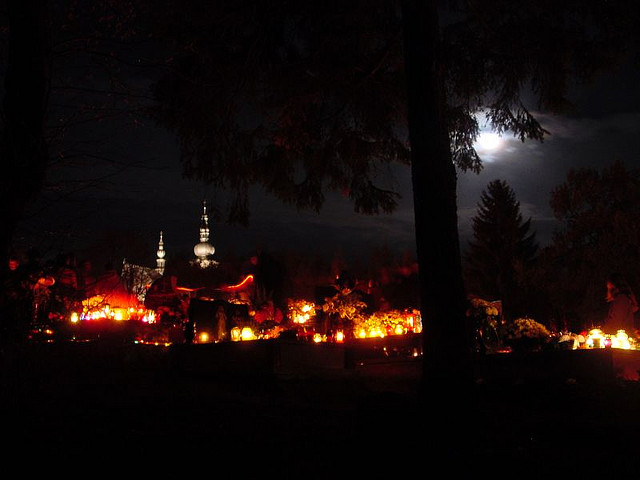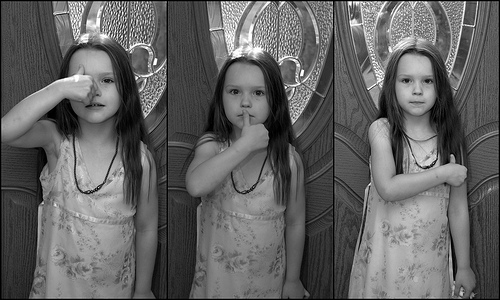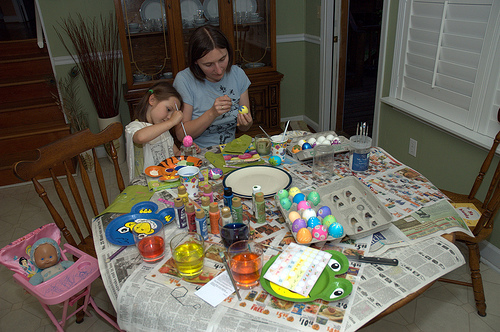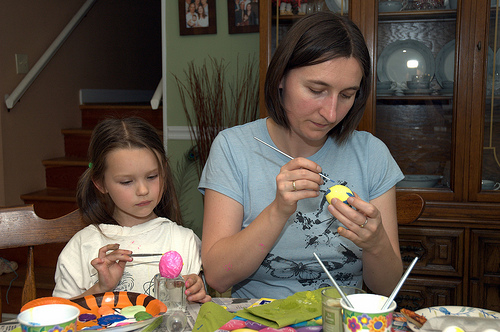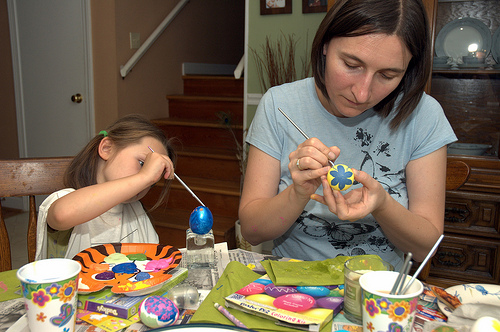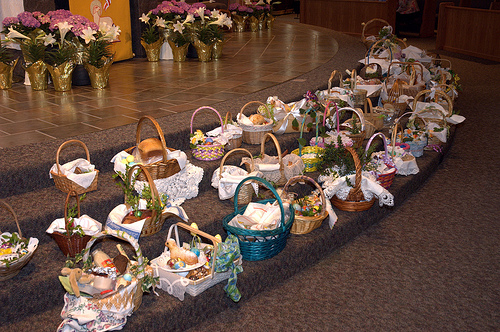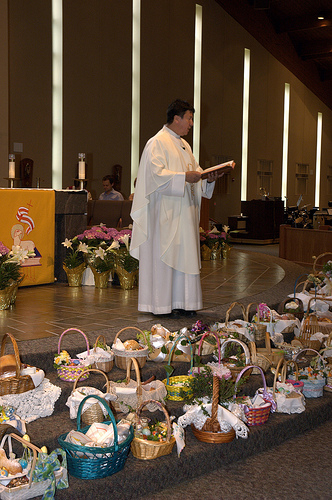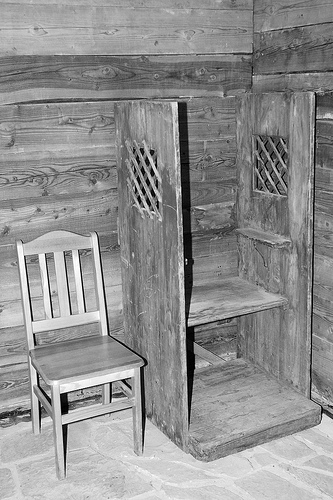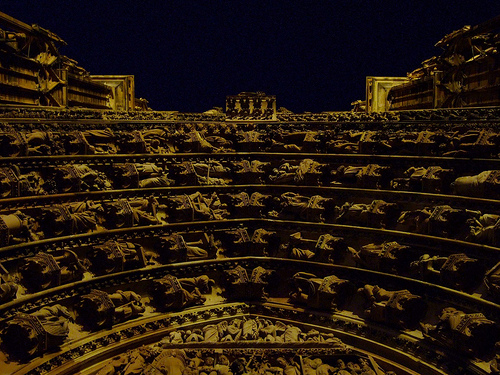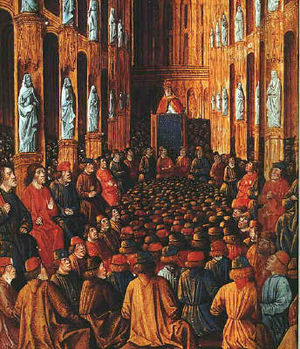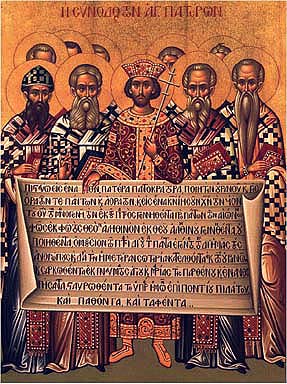We must not help our neighbor for Christ, but in Christ. […] In general, the expression “for God” is a bad one. God ought not to be put in the dative.
One of the more difficult, perhaps the most difficult, challenges to learning Polish was getting accustomed to its inflected nature. In English, we tell who did what to whom in a sentence by syntax, where it appears in relation to other words. In the sentence “The dog bites the man,” we know who is doing the biting and who is being bitten by the order: subject verb object; biter bites bitee. Polish and other inflected languages determine these things by adding endings (inflections) to the words. Instead of meaning coming from word order (subject verb object), it comes from word endings. The different meanings are called cases. The subject of a sentence is in nominative case. The direct object is usually in accusative case in most inflected language, but Polish is an odd ball because some direct objects are in genitive case, and all direct objects of negative verbs are in genitive case. Indirect objects, to whom or for whom (i.e., “We gave the dog some treats.”), are in the dative case. In Polish, that usually means adding “-owi”, “-ze”, “-u”, or “-i”to the end of the noun. In English, we just slip it between the verb and the direct object.
So what puzzles me about Weil’s contention that we shouldn’t put God in the dative is how it seems to fly in the face of so much we hear in contemporary Christianity in America. We have “10 Things Young People Can Do for God” and “How to Work for God Effectively” and “Working for God in the Public Square” to name a few articles one can find easily enough. Indeed, it seems to have a Biblical basis. So I wondered what Weil might mean. Perhaps it’s a case of not limiting oneself to the dative case but also the instrumental, accusative, genitive, locative, and vocative cases.
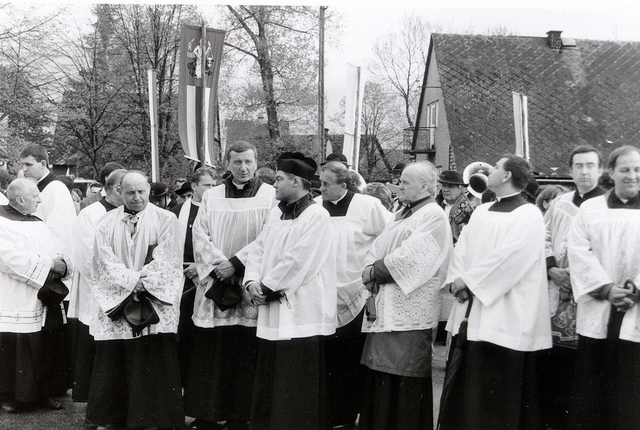
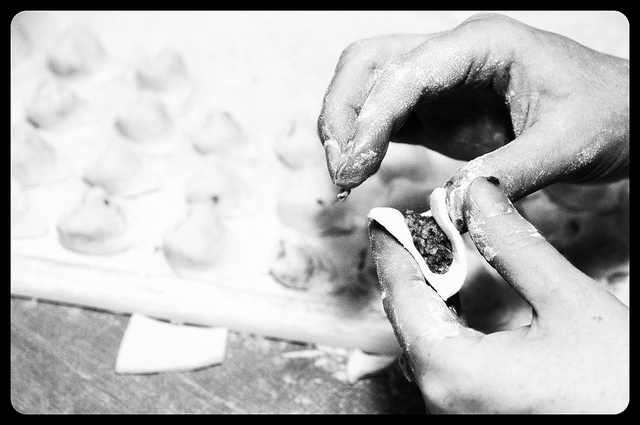
 I go to Mass tonight alone because K has already been in an effort to keep our sick son in the house as much as possible. The entrance processional is a rousing hymn complete with drum accompaniment. The tell-tale “tat-tat-tat” of the high-hat cymbal gives it away before the full beat begins, and I realize what has happened: I’ve inadvertently come to a youth Mass. Sure enough, when the lector approaches, he’s wearing jeans and a tee-shirt. The rat-tat-tat of drums continues at times when it seems it really shouldn’t, like the Sanctus and the Agnus Dei. During the consecration of the host, I begin to wonder if the altar boy will ring the altar bell: “Perhaps the percussionist will give three good crashes on the cymbal” I think. Mercifully, that doesn’t happen, but by then, it’s too late. Despite my best efforts to focus on why I’m at Mass, I’m irritated and feeling that I’m almost physically having to resist the urge to march over to the drummer, rip the drumsticks out of her hands, and walk back to my seat. I feel I’m at some Benny Hinn camp meeting rather than Catholic Mass, and that eats at me.
I go to Mass tonight alone because K has already been in an effort to keep our sick son in the house as much as possible. The entrance processional is a rousing hymn complete with drum accompaniment. The tell-tale “tat-tat-tat” of the high-hat cymbal gives it away before the full beat begins, and I realize what has happened: I’ve inadvertently come to a youth Mass. Sure enough, when the lector approaches, he’s wearing jeans and a tee-shirt. The rat-tat-tat of drums continues at times when it seems it really shouldn’t, like the Sanctus and the Agnus Dei. During the consecration of the host, I begin to wonder if the altar boy will ring the altar bell: “Perhaps the percussionist will give three good crashes on the cymbal” I think. Mercifully, that doesn’t happen, but by then, it’s too late. Despite my best efforts to focus on why I’m at Mass, I’m irritated and feeling that I’m almost physically having to resist the urge to march over to the drummer, rip the drumsticks out of her hands, and walk back to my seat. I feel I’m at some Benny Hinn camp meeting rather than Catholic Mass, and that eats at me.